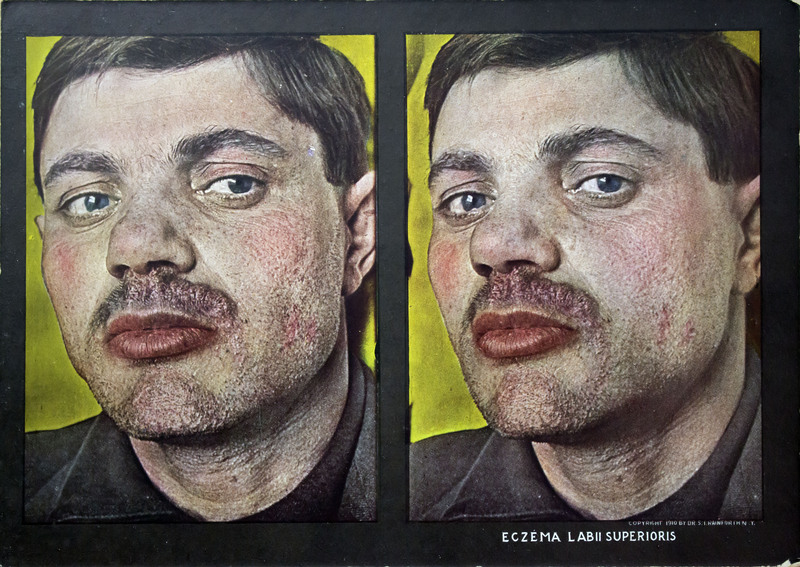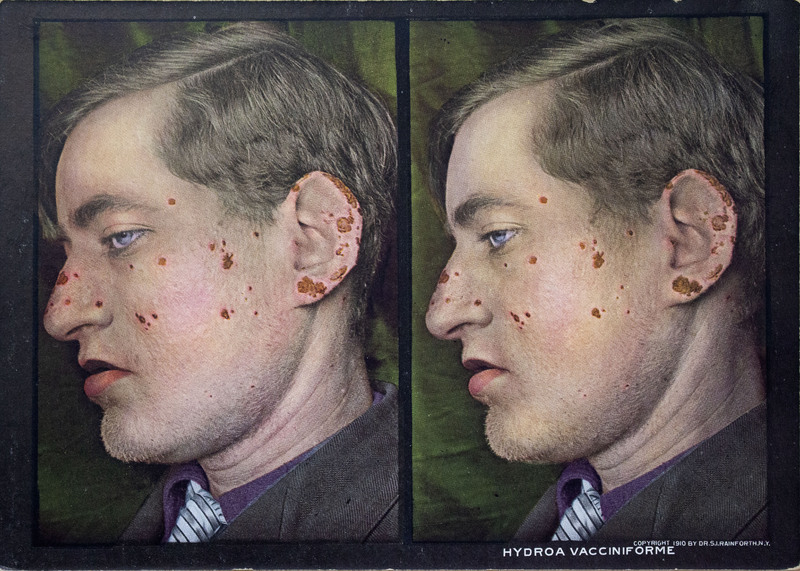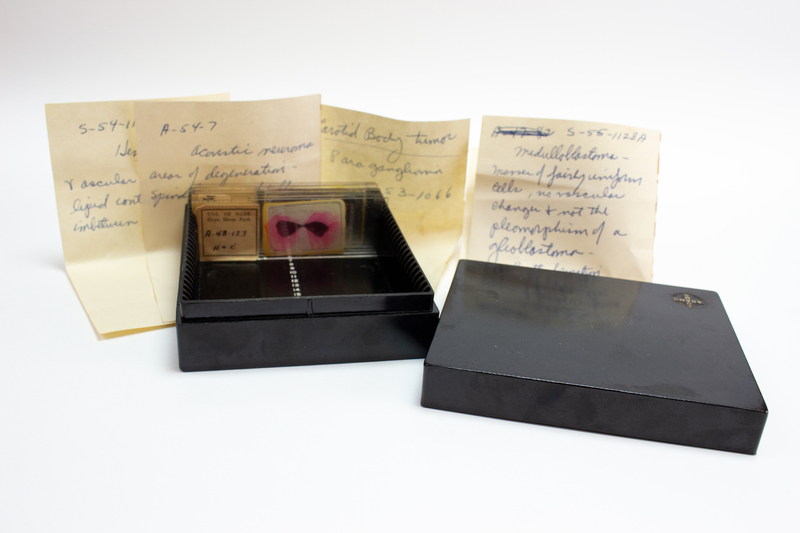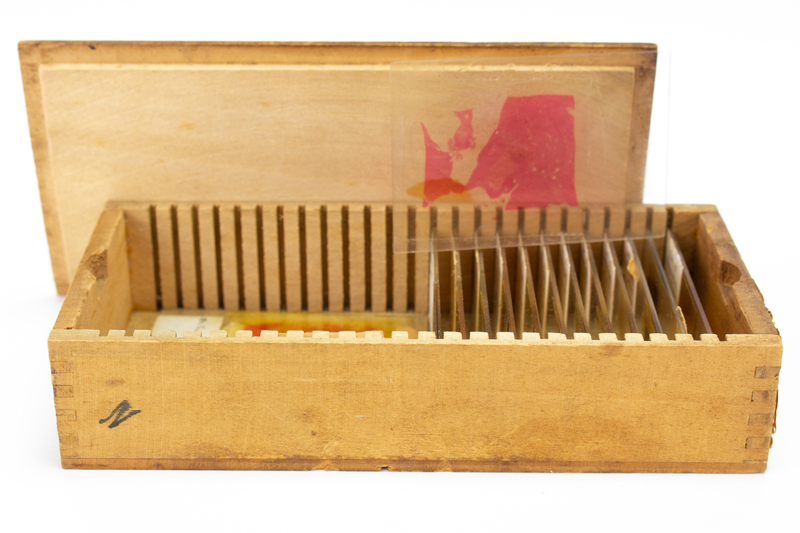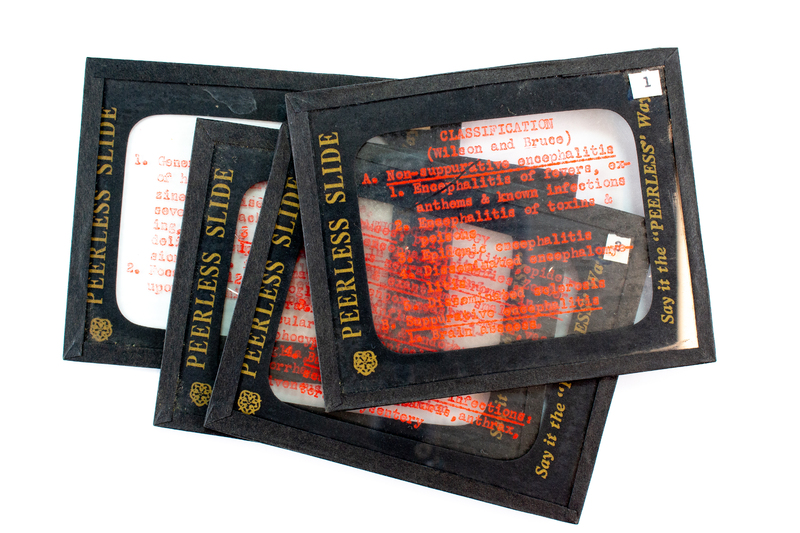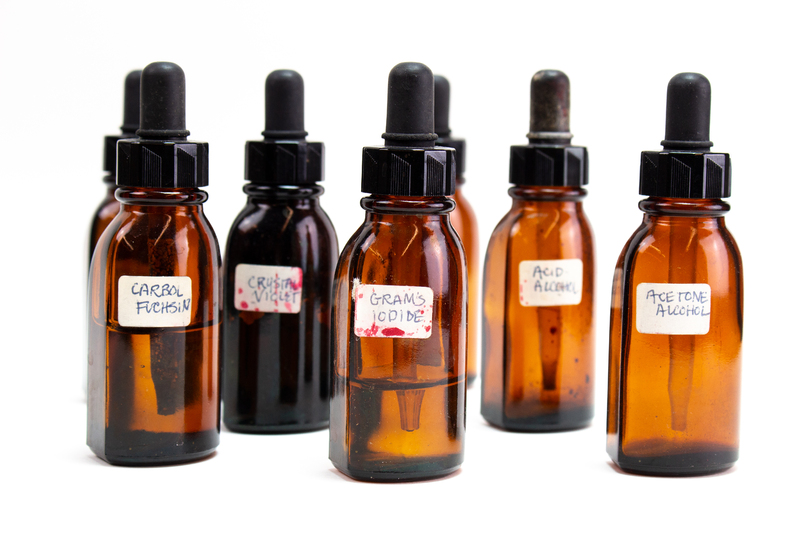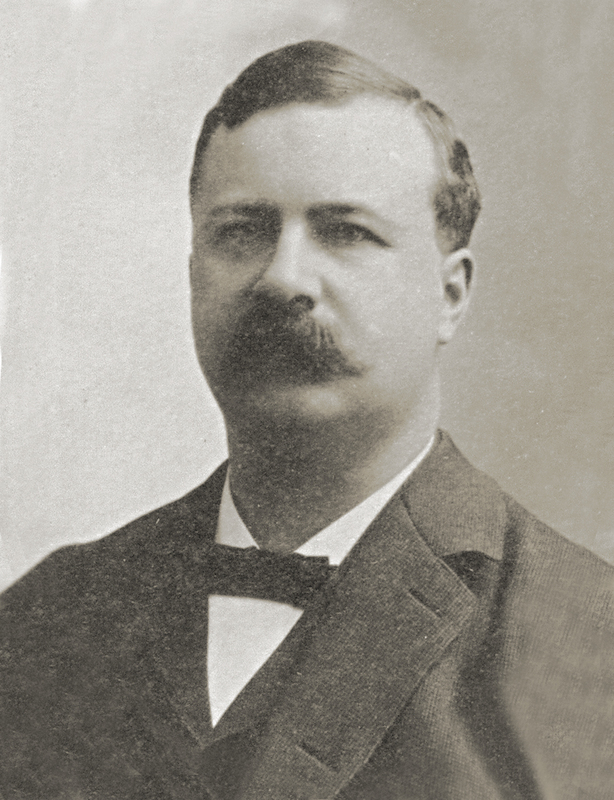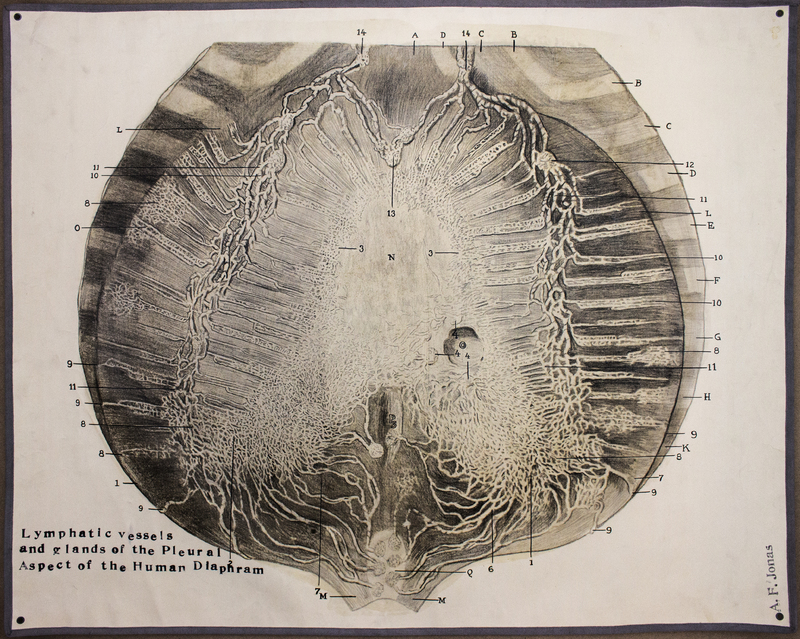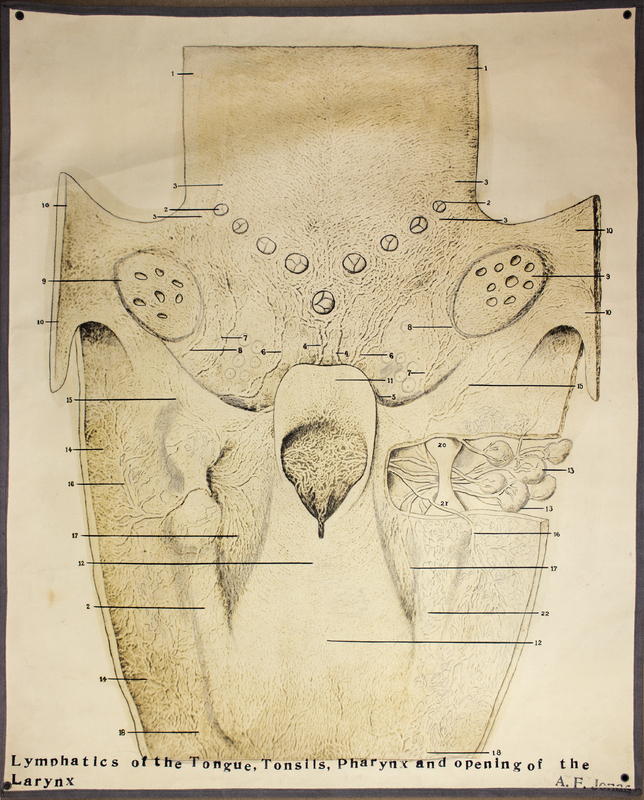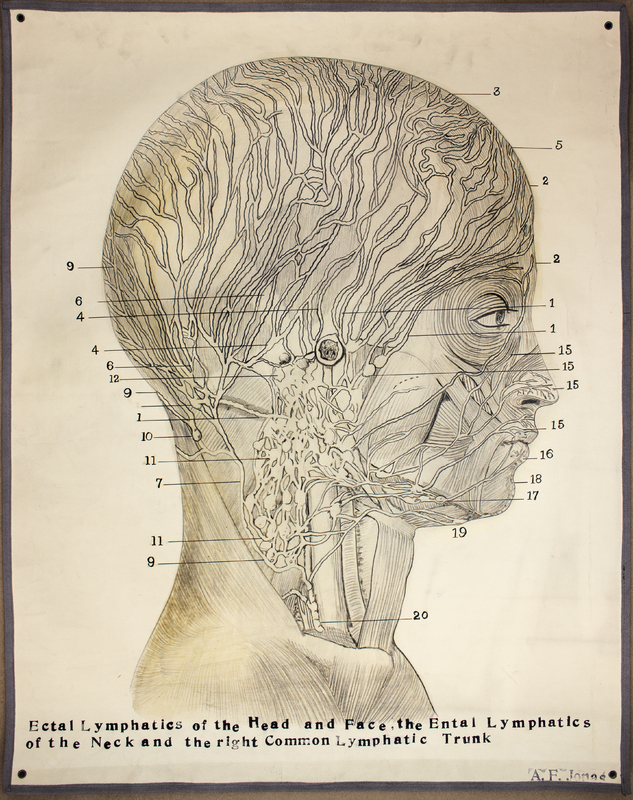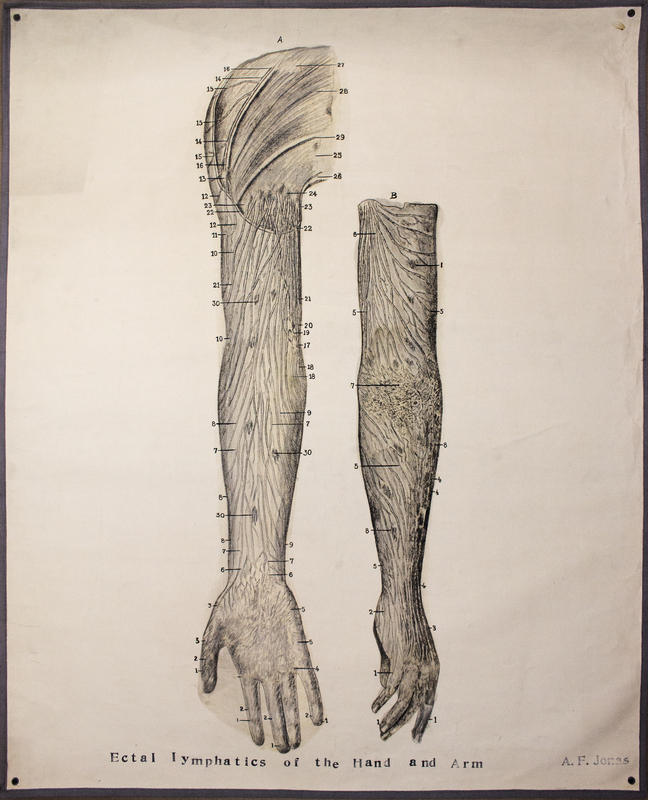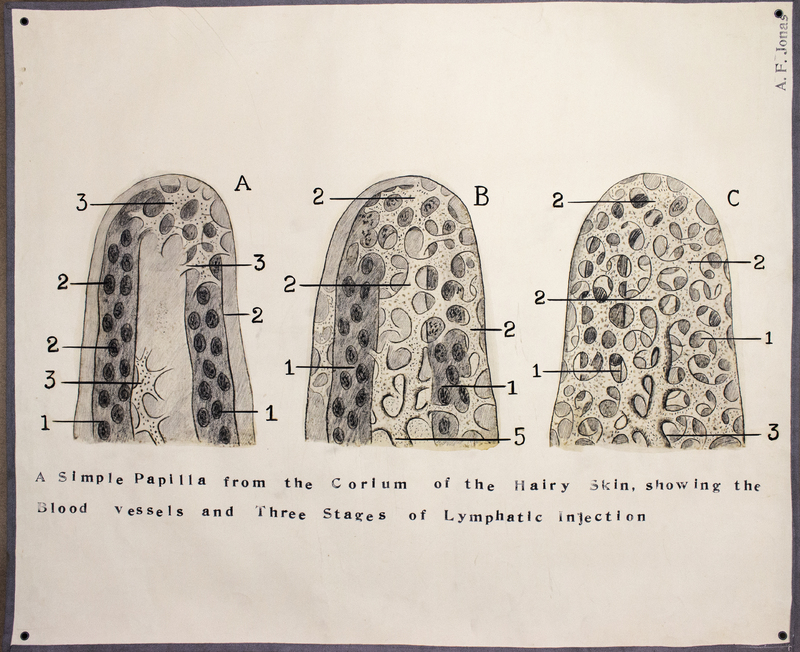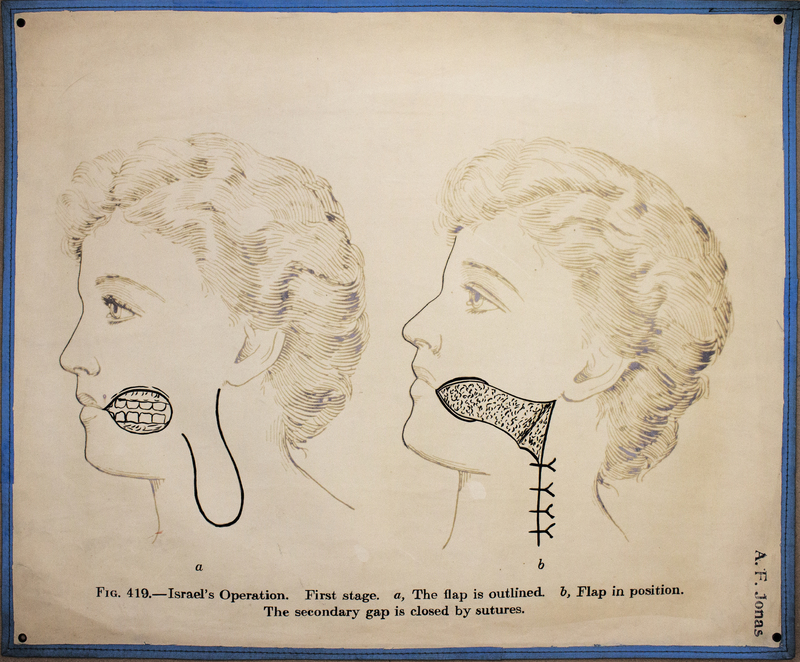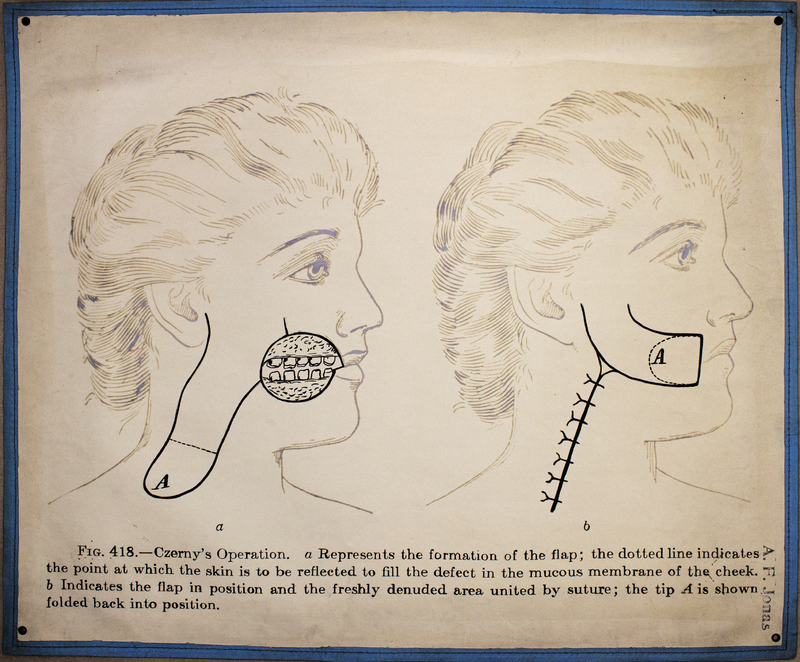August F. Jonas, MD, Collection
Early Medical Illustrations
August Frederick Jonas, MD, was born in Wisconsin in 1858. He started studying medicine at the age of 14 and received his degree from Bennett Medical College in Chicago in 1877. Upon graduation, he practiced in Sauk City, Wisconsin, for five years before going abroad in 1882 for additional medical studies at Ludwig Maximillian University in Munich, Bavaria. He graduated in 1884 and conducted post-graduate studies in Vienna, Berlin, and Paris before returning to the United States.
Dr. Jonas arrived in Omaha in 1887, where he organized the surgical department at Methodist Hospital and was named chief surgeon. Dr. Jonas taught surgery at UNMC starting in 1892 and served as chair of the Department of Surgery from 1919 until his retirement in 1930. He served as dean of the college from 1898 to 1902. During World War I, Captain Jonas served as special medical aid to the Governor of Nebraska and was chair of the organizational committee for Base Hospital No. 49 and the Omaha Ambulance Company.
Dr. Jonas used his collection of surgical illustrations in the classroom, providing students with another avenue outside of the anatomy lab to learn about the human body.





